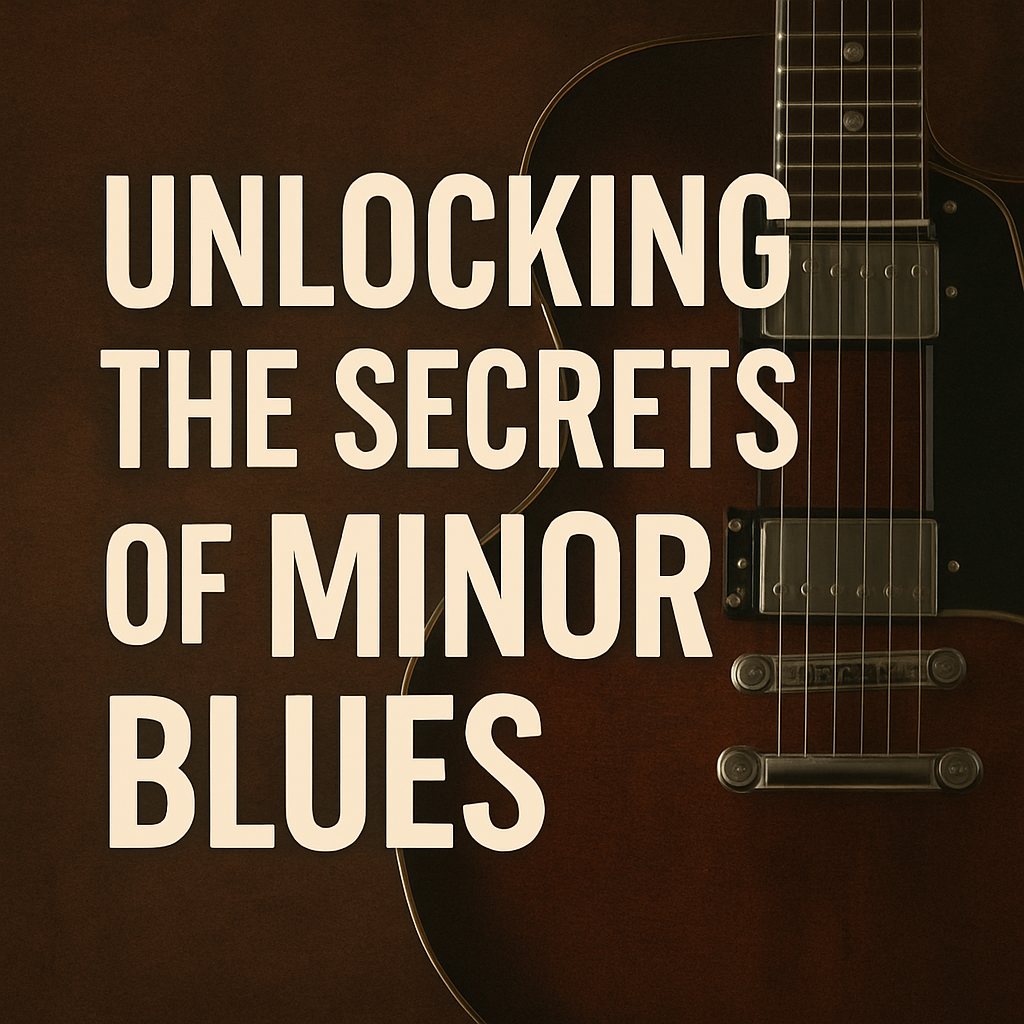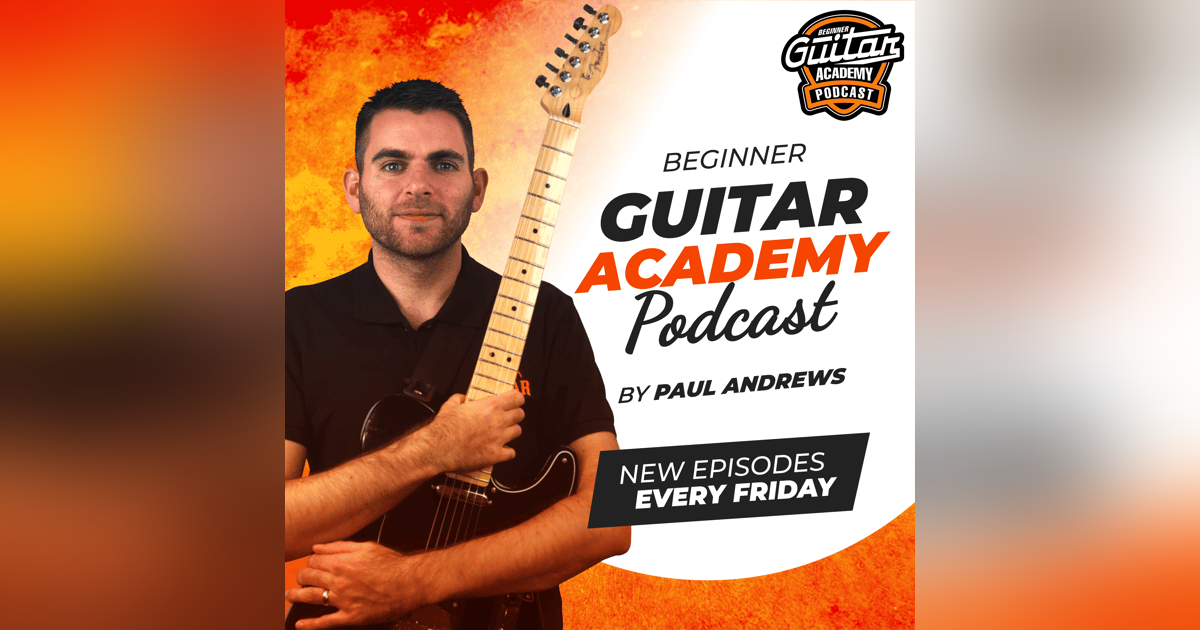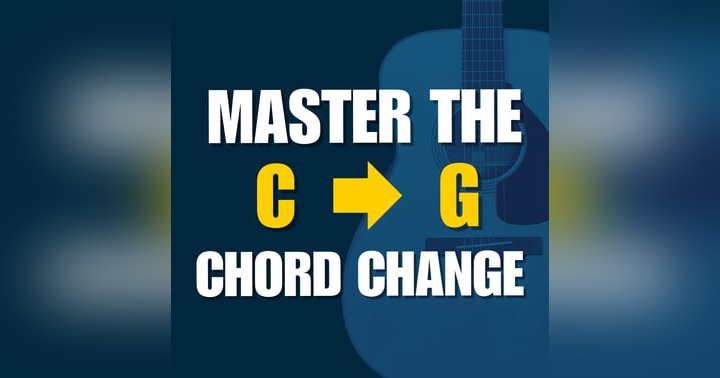Unlocking the Secrets of Minor Blues: How to Play, Solo, and Sound Amazing

Unlocking the Secrets of Minor Blues: How to Play, Solo, and Sound Amazing
Welcome back, guitar friends! This week on the Beginner Guitar Academy Podcast, host Paul Andrews dove into a topic every budding guitarist should explore: the emotive world of minor blues progressions. Building on last week’s chat about major blues soloing, Paul took us deep into the minor side—showing how you can instantly add drama, mood, and feeling to your playing. Here’s a practical roundup and some actionable homework from episode 247.
What’s So Special About Minor Blues?
A minor blues progression is still your classic 12-bar blues format, but instead of using dominant 7th chords (which mix major and minor flavors), you swap in minor chords. This switch brings out a darker, more melancholy sound.
Try this: In A minor, your basic 12-bar will look like this:
-
A minor for bars 1–4
-
D minor for bars 5–6
-
Back to A minor for bars 7–8
-
E minor, D minor, A minor, E minor to wrap it up (bars 9–12)
You might notice, though, that playing strictly minor chords makes things sound a bit flat and not as “bluesy.” That’s when the real magic happens!
Make Your Minor Blues Sound Bluesy
Simple tricks:
-
Swap minor for minor 7th chords: This instantly gives your progression more colour.
-
Change the “5” chord to a dominant 7: For example, using E7 instead of E minor in bar 12 creates tension that draws the ear back to the start of your loop.
-
Try variations: BB King’s “The Thrill is Gone” progression spices things up by throwing in an F major 7 before the final E7, creating a soulful lift.
Beginner tip: Not ready for barre chords? Use open chords for A minor, D minor, and E7 (instead of E minor), and try out D7 for extra flavour.
How Do You Solo Over a Minor Blues?
Here’s where things get fun! The minor pentatonic scale is your go-to tool:
-
In A minor, play it in open position or start at the 5th fret—whichever feels more comfy.
Fretboard tip:
-
Low E (string 6): 5th & 8th fret
-
A (string 5): 5th & 7th fret
-
D (string 4): 5th & 7th fret
-
G (string 3): 5th & 7th fret
-
B (string 2): 5th & 8th fret
-
High E (string 1): 5th & 8th fret
-
-
Don’t be afraid to repeat just a handful of notes. The beauty is in the phrasing!
-
Add bends, vibrato, and slides to make your notes sing.
Feeling more adventurous?
-
Add the “blues” notes (like the 6th fret on the A string and the 8th fret on the G string).
-
Sneak in the B note from the natural minor scale for a melodic touch.
Listen and Learn: Get Inspired by the Greats
Learning the theory is half the story—the other half is soaking up how the legends do it. Paul recommends:
-
B.B. King – “The Thrill is Gone”: A masterclass in minor blues phrasing.
-
Gary Moore – “Still Got the Blues”: Slow, drenched in emotion—a great study in minor blues soloing.
-
Stevie Ray Vaughan – “Tin Pan Alley”: Moody, smooth, and essential listening.
He’s also made a Spotify playlist with 25 killer minor blues tracks. You can check it out here.
This Week’s Homework
-
Practice the Progression: Play the 12-bar in A minor using open chords. Try it with a looper pedal if you have one.
-
Work on Your Soloing: Start simple—use a few notes from the minor pentatonic. Focus on phrasing, timing, and “feel.” Slowly add slides, bends, and vibrato.
-
Listen to the Blues: Dive into Paul’s playlist and really listen—absorb phrasing, technique, and the emotional approach. Ask yourself: What makes these solos so moving?
Ready to Level Up?
If you crave more guidance and structure, check out Beginner Guitar Academy for lessons, a supportive community, and even one-on-one feedback from Paul himself. Click here to get a 14-day trial for just $1.









